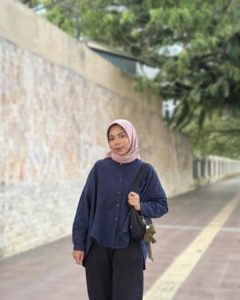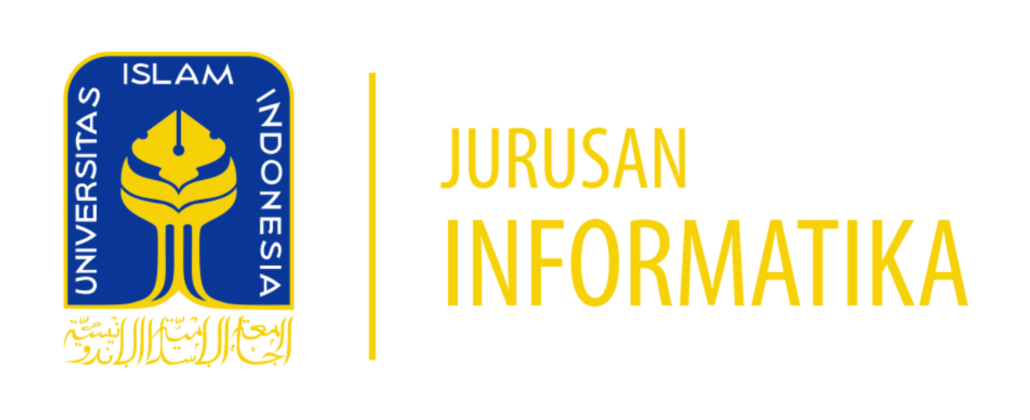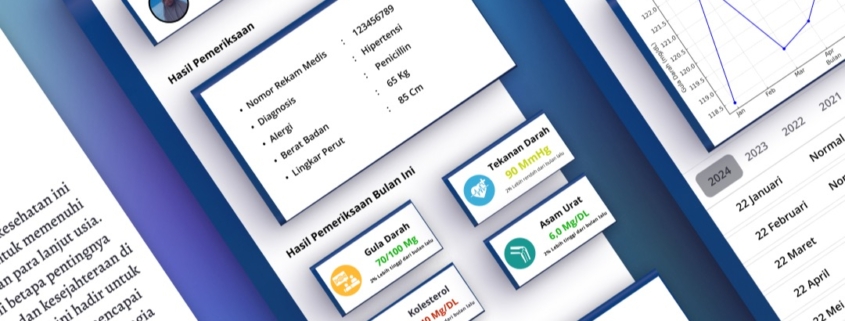Answering the Demographic Call: ElderCare Monitor Emerges for the Elderly in Muna Regency
Research rooted in concern for the elderly in a regional area has given birth to a promising digital innovation. Wa Ode Tanti, a researcher from the UII academic community, is designing ElderCare Monitor, a health monitoring application aimed at bridging the care gap between families, communities, and formal health facilities in Muna Regency, Southeast Sulawesi.
The background for this research is a demographic phenomenon occurring in many parts of Indonesia, including Muna: a growing elderly population. However, this increase in life expectancy is often not accompanied by an improvement in quality of life. Many seniors face complex health challenges, while the support systems around them are not yet fully prepared.
In Muna Regency, this reality is reflected in the low participation rate of the elderly in the Elderly Integrated Health Post (Posyandu Lansia). Many of them lack access to adequate health information regarding degenerative diseases, nutrition, or physical activity. Furthermore, the family, as the primary care unit, is often not systematically involved in health monitoring, creating a cycle of reactive rather than preventive care.

Eldecare Poster
Facing this situation, ElderCare Monitor is designed as a human-centered solution. Its development process utilizes a design thinking approach, a methodology that emphasizes empathy for the user. This means the application is not built on the developer’s assumptions, but on real needs identified through interviews and direct observation with the elderly, their families, and health workers.
The primary goal of this approach is to ensure the final application is genuinely user-friendly for all parties. For the elderly or their families, the interface is designed to be simple for reporting vital data or symptoms. For Puskesmas officers, the app provides a structured platform to receive and analyze this data.
The core feature of ElderCare Monitor is its ability to create a collaborative care ecosystem. A child or relative can regularly input their parent’s health data—such as blood pressure, blood sugar levels, or daily complaints—into the application. This data can then be accessed in real-time by a designated health worker at the Community Health Center (Puskesmas).
This model transforms the care paradigm. The family is no longer a passive bystander but an active partner to medical professionals. On the other hand, health workers can efficiently monitor dozens of elderly individuals in their area without waiting for physical visits, allowing for early intervention if signs of deteriorating conditions are detected.
Wa Ode Tanti hopes her research will make a tangible contribution that goes beyond a technological product. Her vision is to “realize elderly care that is more humane, collaborative, and community-based.” It is about restoring dignity and attention to seniors through empowering technology.

Wa Ode Tantri
The research also beautifully illustrates how technology can serve as a bridge. It not only connects the formal health system with local wisdom in caring for parents but also strengthens the bond between generations within a family through shared caregiving responsibilities.
This relevant and impactful research project has received recognition and funding support from the Directorate of Research, Technology, and Community Service (DRTPM) of the Indonesian Ministry of Education, Culture, Research, and Technology. This support affirms the importance of innovations born from the real needs of society and that have the potential to be replicated in other regions with similar challenges.




